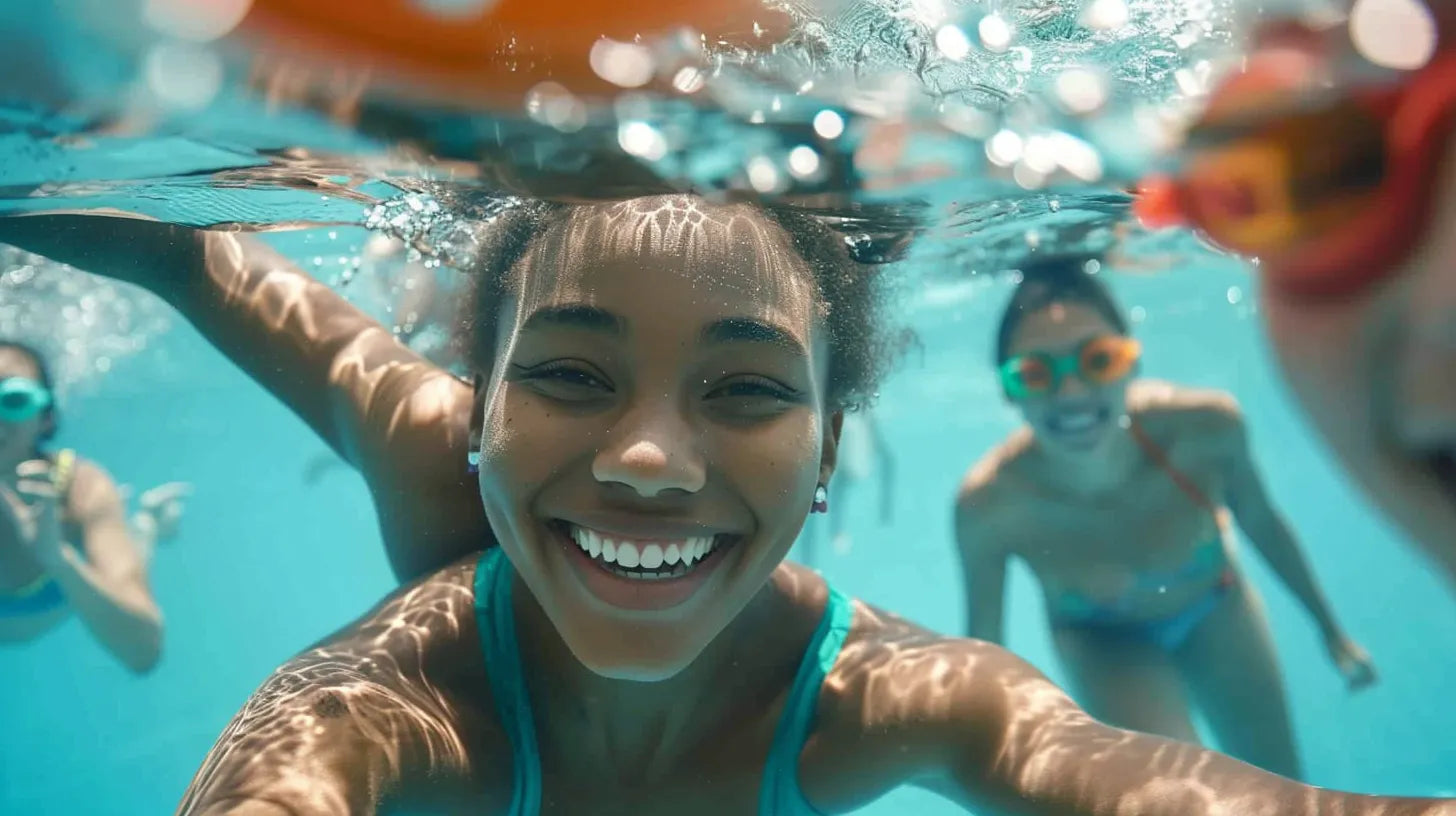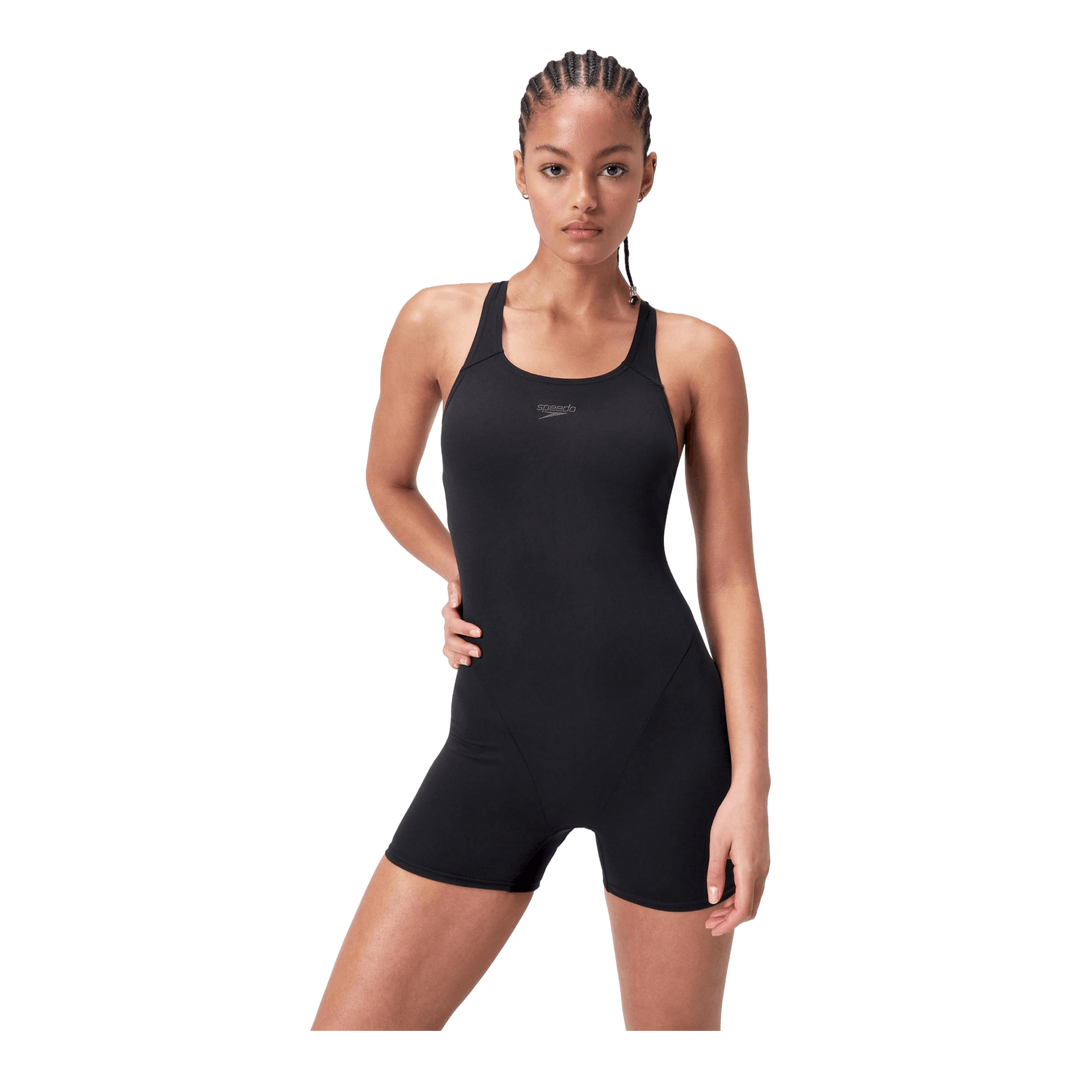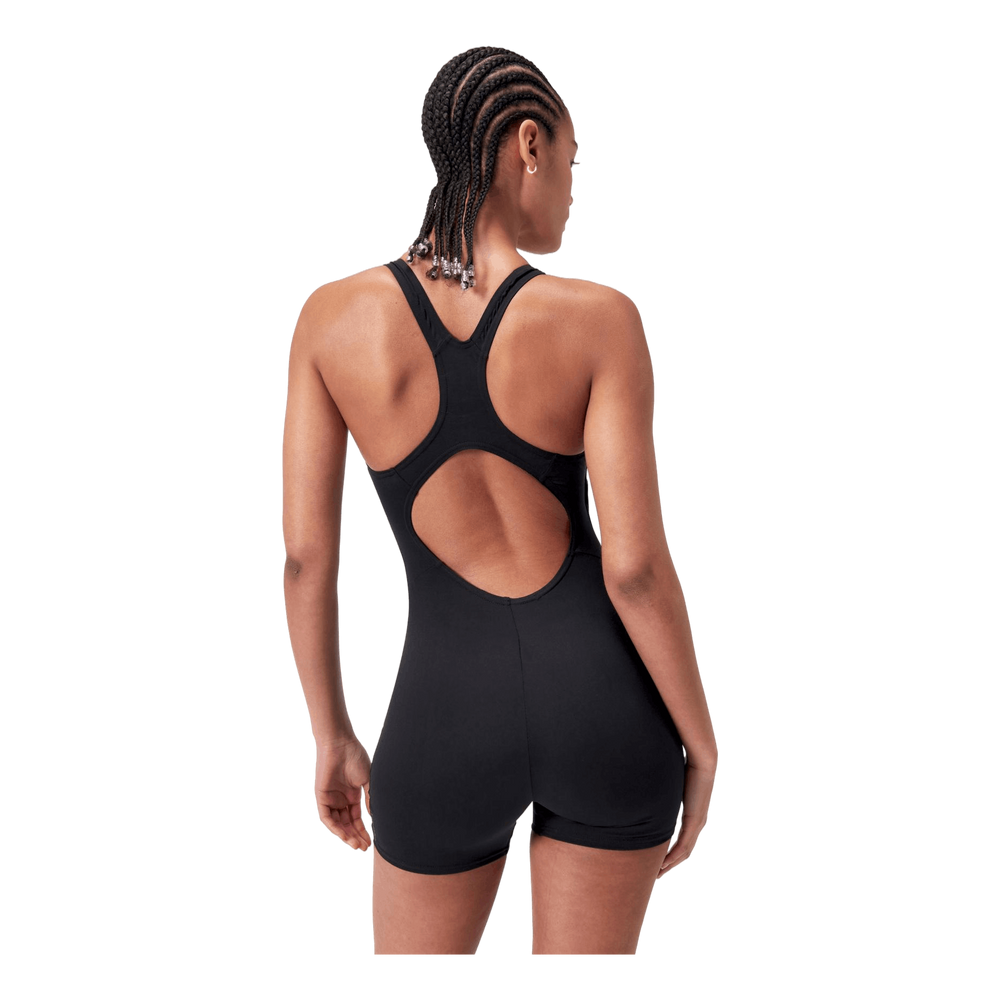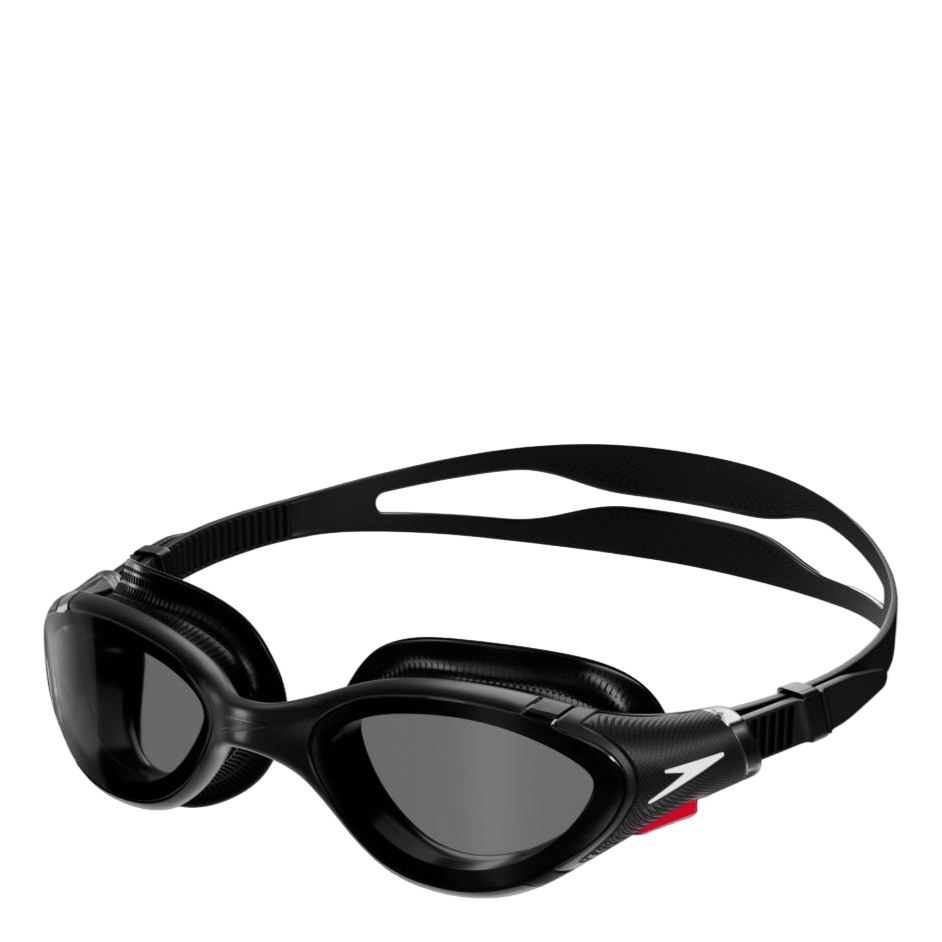
Swimming as Exercise: A Complete Guide for Beginners and Experienced
Why Choose Swimming as Exercise?
Swimming is a unique form of exercise that offers a multitude of benefits compared to other activities. Here are some reasons why you should consider including swimming in your workout routine:
- Low-impact on joints and muscles - the water supports your body weight
- Engages the whole body - arms, legs, core, and back get a workout
- Improves cardiovascular fitness and heart health
- Low risk of injury compared to high-impact sports
- Relaxing and stress-reducing - perfect for mental recovery
Equipment You Need for Swimming
One of the advantages of swimming is that you don't need much equipment to get started. The essentials are:
- Swimwear that fits comfortably and doesn't restrict your movements
- Goggles to protect your eyes and see better underwater
- Swim cap to keep hair away from your face (and reduce water resistance)
- Towel and change of clothes for after your session
As you become more experienced, you can invest in accessories like swim fins, paddles, and kickboards to vary and intensify your workouts. But for starters, the basic equipment is sufficient.
Technique Tips for Different Strokes
Whether you're a beginner or have swum before, there's always room for improvement in your technique. Here are some tips for the most common strokes:
Freestyle
- Keep your body straight and horizontal in the water
- Rotate your body from the hips for an efficient arm stroke
- Breathe to the side, not straight ahead
Breaststroke
- Press your legs together in a "frog kick" motion backwards
- Sweep your arms out wide and pull them back in a semicircle
- Keep your head still and look slightly downwards
Backstroke
- Keep your ears just below the water surface
- Rotate your shoulders for a long arm stroke
- Kick from the hips with straight legs
Remember, technique always trumps power. Focus on executing the movements correctly at a steady pace before increasing intensity. Consider taking a swimming lesson to get personalized feedback from an instructor.
Training Programs and Structure
Once you've got the basics down, it's time to put together a training program. A well-balanced swimming session should include the following components:
- Warm-up with easy swimming for 5-10 minutes
- Technique drills for the stroke you want to focus on
- Intervals of higher intensity with active recovery periods
- Cool-down with easy swimming and stretching
How often and how long you should swim depends on your goals and fitness level. As a beginner, you can start with 2-3 sessions per week of 30-45 minutes. As you become more experienced, you can increase to 3-5 sessions per week of 45-60 minutes. Listen to your body and take rest days as needed.
Find Motivation and Enjoyment
Finally, don't forget that swimming should be fun! Find ways to stay motivated, such as:
- Setting concrete goals, like completing a certain number of laps or improving a specific technique
- Varying your workouts with different strokes, equipment, and intensity
- Swimming with a friend or joining a club for camaraderie and encouragement
- Participating in open water swims or competitions for new challenges
- Treating yourself to a dip in the ocean or a lake occasionally for a change of scenery
With the right mindset and approach, swimming can become a lifelong passion that provides you with plenty of energy and well-being. So dive into the pool and discover the joy of water-based exercise - you won't regret it!












